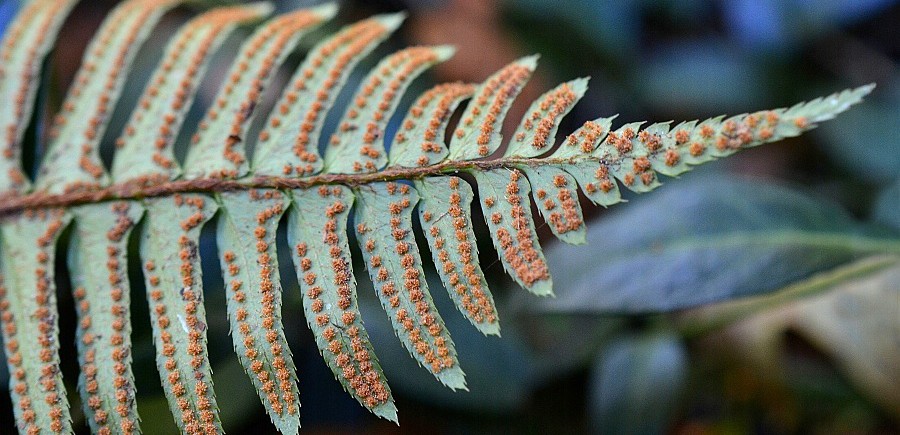
The itsy bitsy spider climbed up the water-spout.
Down came the rain, and washed the spider out.
Out came the sun, and dried up all the rain,
and the itsy bitsy spider went up the spout again. —Folklore, Nursery Rhyme
__________
Dusting the kitchen windowsill one morning, I found a small cobweb between the flowerpot and window frame. In its center, was a dark speck. Now I’ve seen many spiderlings, but this had to be the smallest. Imagine the smallest speck of black pepper, and she was it. Not even my macro lens could detect her. The only way to see her was through a lighted magnifying glass, and even that didn’t help very much.
I think most would have wiped her out without a second thought, but I couldn’t, I wouldn’t, and I didn’t. I considered putting her outside, but since she wasn’t causing any harm, I welcomed her to stay. I named her Spindra.
Spindra is an American house spider, Parasteatoda tepidariorum; a cobweb spider known as a “comb-footed” spider because of the comb-like hairs on the back feet (tarsi). Spindra can play dead when she feels threatened, but I’ve never put her to the test. She might also bite if handled, but I respect her space. While her venom is harmless to humans, insects that get caught in her lair are not so lucky. For such a small thing, she has a voracious appetite. Like all spiders, she is extremely beneficial. She’s a hard worker who earns her keep eating gnats and the occasional moths that happen by.
There’s something else I’ve learned about Spindra. Despite her itsy bitsy size, she is quite intelligent. She never strings her cobweb where it can get broken. She’s smart enough to keep her strands on the window frame. My opening or closing the window doesn’t bother her in the least. The only mishap was my fault when I knocked over the flowerpot, which broke her web. Spindra went into hiding where she pouted for a while. But by evening, all was forgiven and she returned to build a new cobweb. I am now extra careful when cleaning the sill. I think Spindra knows I mean her no harm. Even when I wipe away the dead insects beneath her cobweb, she doesn’t flinch.
Spindra showed up in early spring, and built a cobweb along the kitchen windowsill; that was seven months ago. I check her progress daily. Although she is still small, she has grown a lot since I first saw her. I have to admit I’ve become quite fond of her. Just the other day, my husband wanted to know how long house spiders live. With a little research, we learned that she can live more than a year. (I wish it were longer.) I will miss her when she’s gone, but I also know that there will be more spiderlings to come. Spindra’s offspring will always have a place to spin their cobwebs along the windowsill.
__________
Copyright 2016. All rights reserved.

You must be logged in to post a comment.